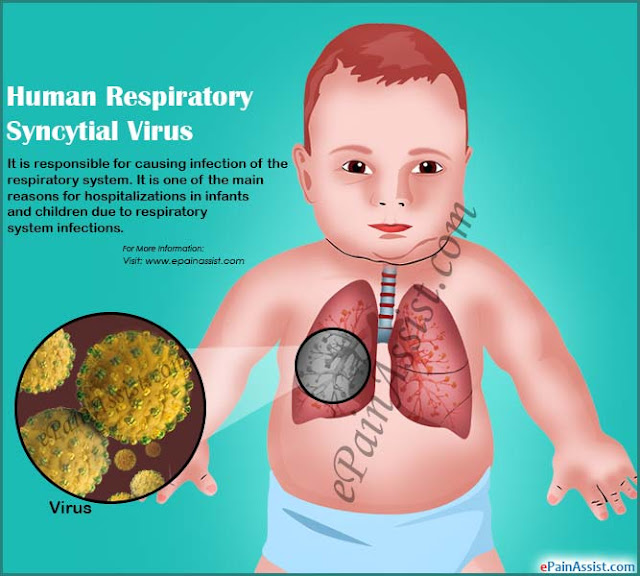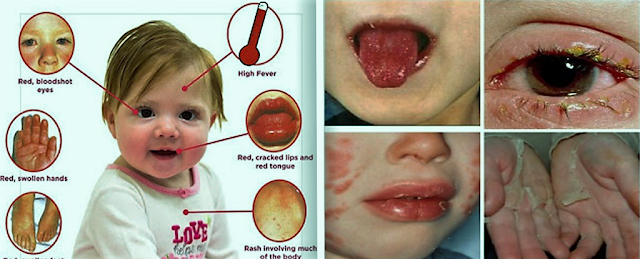Obstructive Sleep Apnea
Sleep apnea is when a person stops breathing during sleep. It usually happens because something obstructs, or blocks, the upper airway. This is called obstructive sleep apnea.
Obstructive sleep apnea (OSA) can make the body's oxygen levels fall and interrupt sleep. This can make kids miss out on healthy, restful sleep. Untreated obstructive sleep apnea can lead to learning, behavior, growth, and heart problems.
Causes of Obstructive Sleep Apnea
When we sleep, our muscles relax. This includes the muscles in the back of the throat that help keep the airway open. In obstructive sleep apnea, these muscles can relax too much and collapse the airway, making it hard to breathe.
This is especially true if someone has enlarged tonsils or adenoids (germ-fighting tissues at the back of the nasal cavity), which can block the airway during sleep.
Signs & Symptoms of Obstructive Sleep Apnea
When breathing stops, oxygen levels in the body drop and carbon dioxide levels rise. This usually triggers the brain to wake us up to breathe. Most of the time, this happens quickly and we go right back to sleep without knowing we woke up.
This pattern can repeat itself all night in obstructive sleep apnea. So people who have it don't reach a deeper, more restful level of sleep.
Signs of obstructive sleep apnea in kids include:
- snoring, often with pauses, snorts, or gasps
- heavy breathing while sleeping
- very restless sleep and sleeping in unusual positions
- bedwetting (especially if a child had stayed dry at night)
- daytime sleepiness or behavior problems
- sleepwalking or night terrors




Comments
Post a Comment